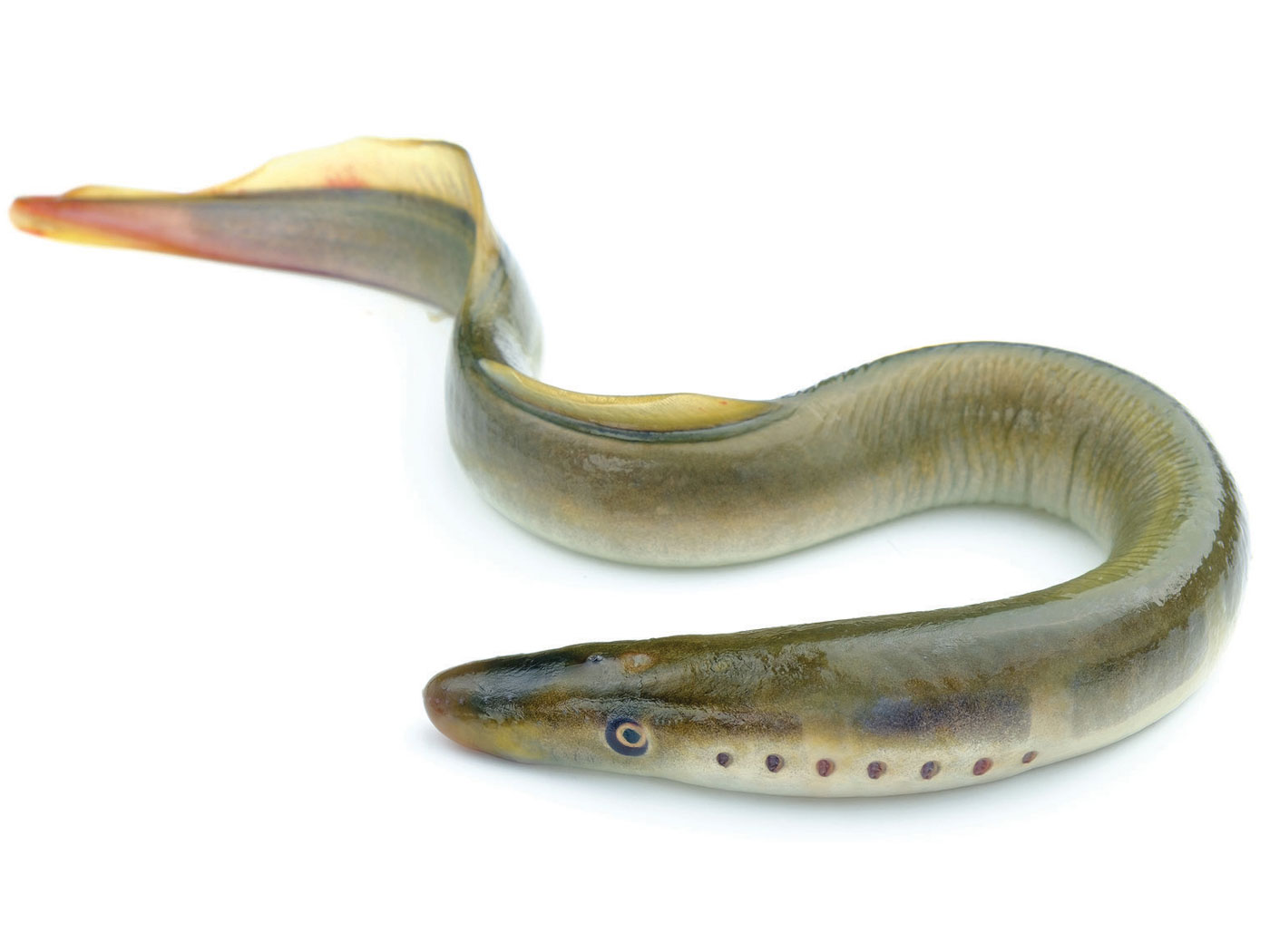A fossil creature from the phylum Entoprocta (invertebrate animals that have tentacles and lacking a mineralized skeleton) was found in marked abundance (over 400 individuals) in Burgess Shale. The Burgess is a sedimentary layer that's purportedly part of the Cambrian period about a half-billion years ago, according to evolutionists.1 The problem for paleontologists is that the supposedly 520 million year old creature looks exactly like its living counterparts, only up to 8 eight times larger.
 The Cambrian geologic system is an enigma for the evolutionary paradigm. If evolution is true, life would have started out simple and then evolved in complexity over time. The Cambrian system is one of the oldest geological layers containing billions of sophisticated fossils, supposedly formed after the Precambrian system. The Precambrian layers contain "simple" single-celled life, but also have jellyfish and annelids (worms).
The Cambrian geologic system is an enigma for the evolutionary paradigm. If evolution is true, life would have started out simple and then evolved in complexity over time. The Cambrian system is one of the oldest geological layers containing billions of sophisticated fossils, supposedly formed after the Precambrian system. The Precambrian layers contain "simple" single-celled life, but also have jellyfish and annelids (worms).
In the Cambrian system, the fossils represent an explosion of complex multicellular life forms—hence the term "Cambrian Explosion." The problem for evolution is that the Cambrian explosion occurs suddenly with no transitional forms preceding it. Furthermore, many of the types of fossils found in the Cambrian layer are represented by modern organisms, such as entoprocts, that are alive and well today. For a summary of the Cambrian geological system and Burgess Shale, see the excellent review by Dr. John Morris in Acts & Facts.2
This species of entoproct, Cotyledion tylodes, was identified previously, but the specimens were not well preserved and difficult to characterize. The discovery of hundreds of new extremely well preserved fossils in much older strata was a huge surprise. Another shock was the extremely well defined detail of the fossil's mouth, anus, and digestive tract, proving that the previous classification of C. tylodes as a cnidarian (a jellyfish-like creature) was wrong. In fact, not only was the creature postulated to be much older than previously estimated, it was incredibly more complex.
Interestingly, the fossils of C. tylodes also appear to have somewhat more complex features than modern entoprocts. Unlike living entoprocts, the stem and flowerlike feeding cup of the "ancient" version was covered by tiny hardened protuberances (sclerites), and the creatures were much larger.
Clearly, a majority of the fossil record was formed as a result of the year-long global Flood recorded in Genesis, making it one of evolution's greatest enemies.3 The original diversity of organisms were created by God to reproduce "after their kind," which is why fossils like the entoproct are complex, fully formed, and similar to their modern living counterparts.
References
- Pappas, S. 2013. 500-Million-Year-Old Animal Looked Like a Tulip. LiveScience. Posted on livescience.com, January 17, 2013, accessed January 23, 2013.
- Morris, J. 2008. The Burgess Shale and Complex Life. Acts & Facts. 37 (10): 13.
- Morris, J. and F. Sherwin. 2010. The Fossil Record: Unearthing the History of Life. Dallas, TX: Institute for Creation Research.
Image credit: Copyright © 2013 LiveScience. Adapted for use in accordance with federal copyright (fair use doctrine) law. Usage by ICR does not imply endorsement of copyright holders.
* Dr. Tomkins is a Research Associate and received his Ph.D. in Genetics from Clemson University.
Article posted on January 30, 2013.










